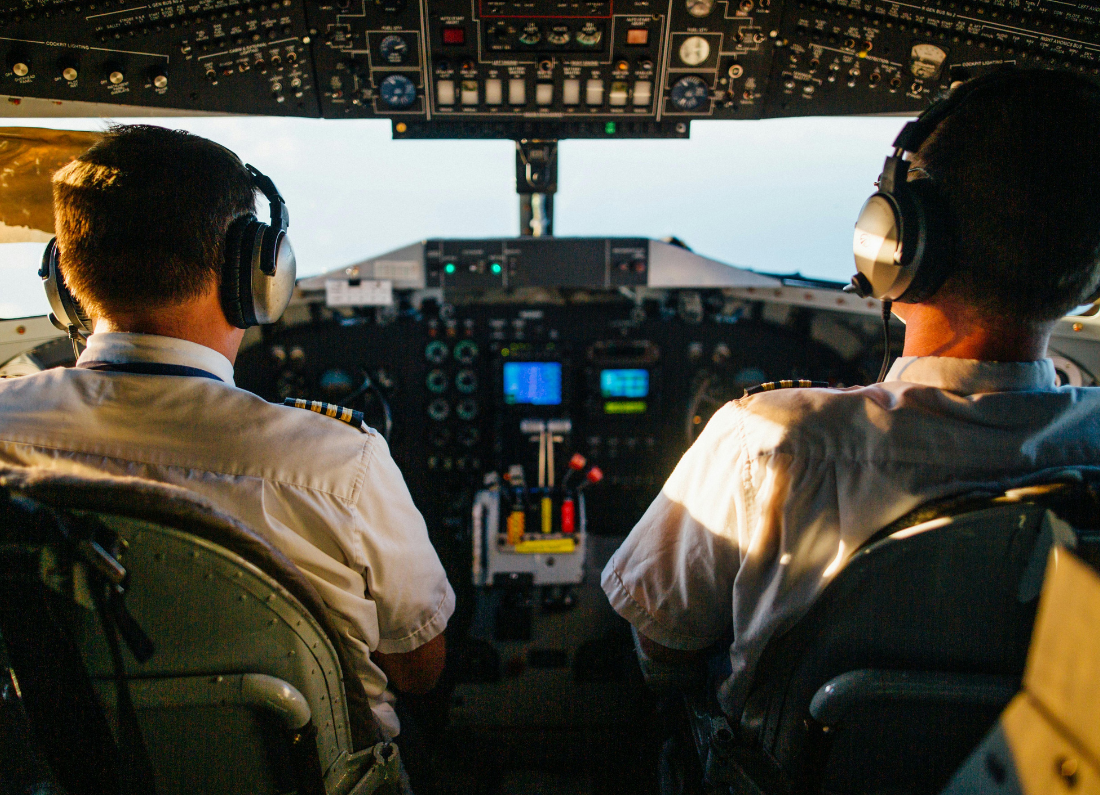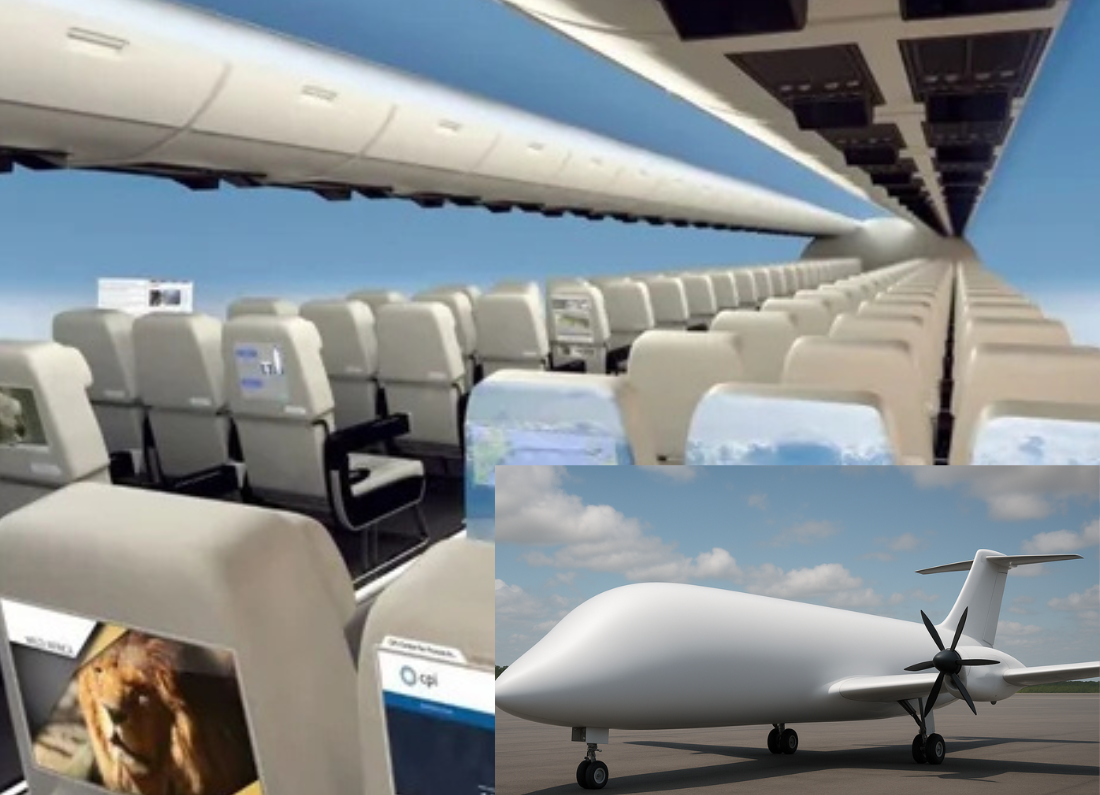On the evening of August 21, 2025, an F/A-18D Hornet fighter jet belonging to the Royal Malaysian Air Force burst into flames during take-off at Sultan Haji Ahmad Shah Airport, better known as Kuantan Air Base. The jet, one of eight Hornets in service since 1997, crashed in a fiery explosion after pilots ejected just in time. This incident has not only sparked national concern but also reignited debates about the aging fleet’s safety and modernization needs.
Sequence of Events
- The crash occurred during a routine night training mission at around 9:05 pm. Witnesses described blinding flames trailing the jet, followed by an explosion that echoed like a missile strike from up to a kilometre away.
- The jet is confirmed to be the first Hornet lost from Malaysia’s fleet of eight.
- Both aircrew—the pilot (Major Mohamad Azhar Alang Kamarudin) and the Weapons Systems Officer (Captain Mohamad Izzuddin Mohamad Salleh)—ejected using the Hornet’s zero-zero ejection system, which works effectively even at low altitude and speed.
- The pilot sustained a tailbone injury and minor burns; the officer suffered bruises. Both have since been discharged from Tengku Ampuan Afzan Hospital and are recovering.
- Following the crash, authorities closed the runway for a “Mega Sweep” cleanup, delaying civilian operations until the runway cleared.
What Went Wrong?: Investigations & Maintenance Concerns
- The RMAF has launched a Board of Inquiry, with preliminary findings expected within 14 days. Factors under scrutiny include mechanical failure, structural fatigue, or pilot error.
- The crash has spotlighted concerns over an aging fighter fleet, with Malaysia’s Hornets dating back to 1997. In June 2025, a potential acquisition of second-hand F/A-18C/D fighters from Kuwait was revealed, aimed at bolstering the fleet.
- Programmes like Local Planned Maintenance 12 Years (LPM12Y), which estimate a 25% cost savings through domestic servicing, are crucial—but not a substitute for aircraft modernization.
Voices of Concern
- Prime Minister Anwar Ibrahim called for a thorough investigation and reinforced the importance of safety protocols.
- Defense analysts argue that while maintenance programs like LPM12Y are commendable, they must go hand-in-hand with robust fleet modernization to ensure operational readiness and force effectiveness.
The Air Defense Equation
This incident underscores a critical juncture for Malaysia’s air defense strategy. With Hornets still forming the backbone of air capabilities, their loss—combined with delayed MRCA (Multi-Role Combat Aircraft) timelines, puts operational capacity at risk.
If the experiment to acquire 30 ex-Kuwait Hornets materializes, Malaysia could alleviate shortages and buy time for eventual integration of next-generation fighters like the KF-21 Boramae.
Time for Action at Altitude
The Hornet crash in Kuantan serves as both a reminder of the dangers inherent in military aviation and a warning signal about fleet aging. Malaysia must balance current operational demands with long-term modernization to ensure force viability, safeguard pilot lives, and protect national airspace.
This incident should not just prompt reflection, but decisive action.














Leave a Reply